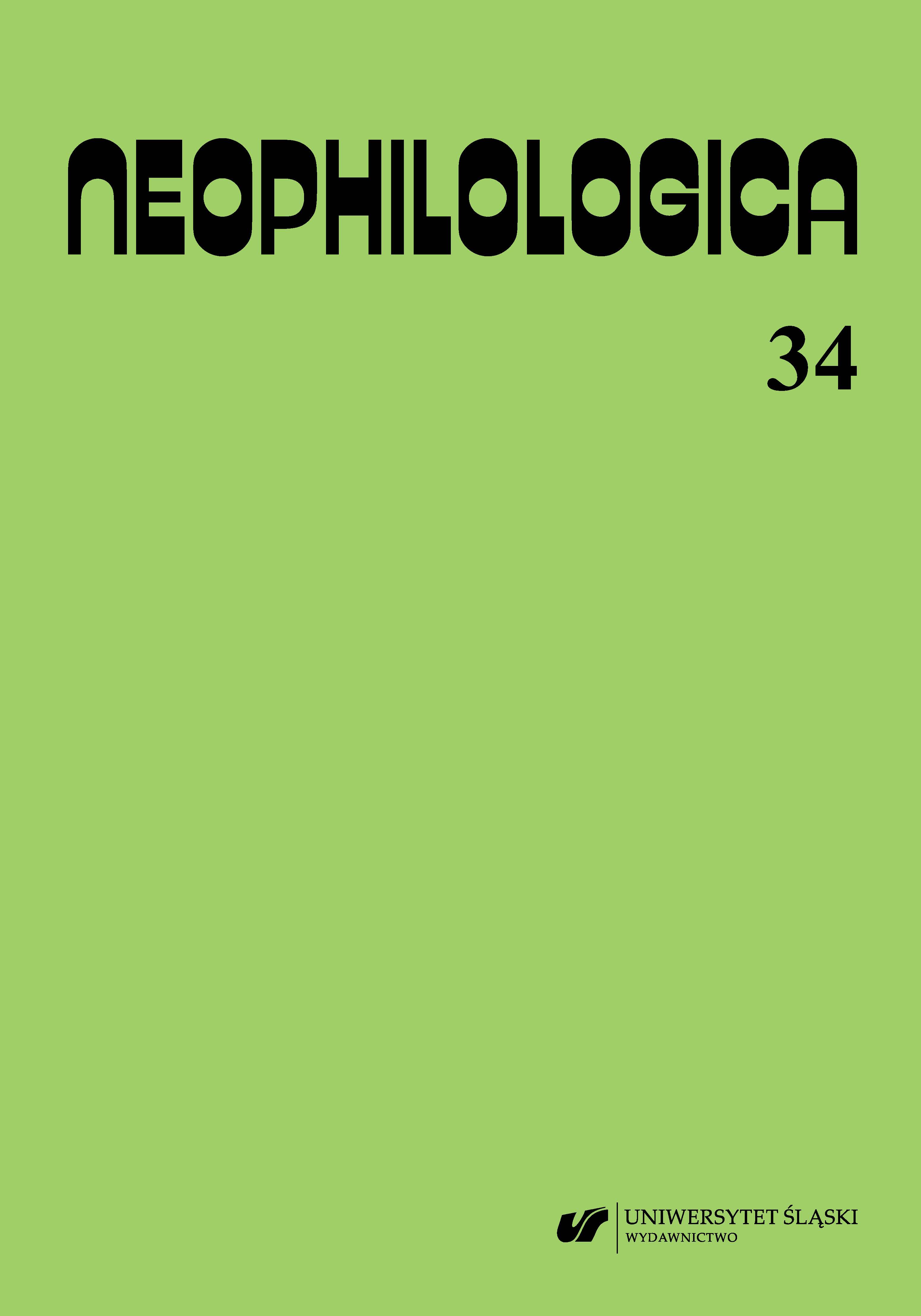

 https://doi.org/10.31261/NEO.2022.34.15
https://doi.org/10.31261/NEO.2022.34.15
The article is devoted to the peculiarities of the functioning of the lexeme fear [strakh] in the text of the Scriptures in the sphere of sacrum—profanum; the authors have described the method of research of emotional vocabulary in the linguistic aspect. The semantics of the mentioned word in a profane expression has been considered and based on the method of dictionary definition, etymological, contextual and conceptual analyses, and a complex approach. The authors have traced the understanding of fear in the sacral manifestation (fear of God), relying on the divine nature of this occurrence, which goes beyond the natural understanding of the studied phenomenon. The fear of God in the Bible should be considered as blahohovinnia [awe], which has three levels of manifestation: initial: it arises as gratitude to God for forgiven sins and leads a person to awe before the Lord and helps to salve his soul. A higher level is the feeling of blahohovinnia which resides in a person when they stand before God and is ready to obey Him in everything. The highest level of awe is the concept of absolute service to God when there is no fear but only love.
The source language clearly distinguishes the concept of natural fear and supernatural fear, whose linguistic signs are separate lexemes, whereas in the Ukrainian language (as well as in Ukrainian translations of Scripture) the expression of these meanings occurs with the help of lexemes strakh [fear], bohobiynyi [God-fearing], pobozhnyi [pious], boyatysia [to fear], shanuvaty [to honour] that does not correlate with the primary source.
Télécharger les fichiers
Règles de citation

Vol. 34 (2022)
Publié: 2022-12-31
 10.31261/NEO
10.31261/NEO